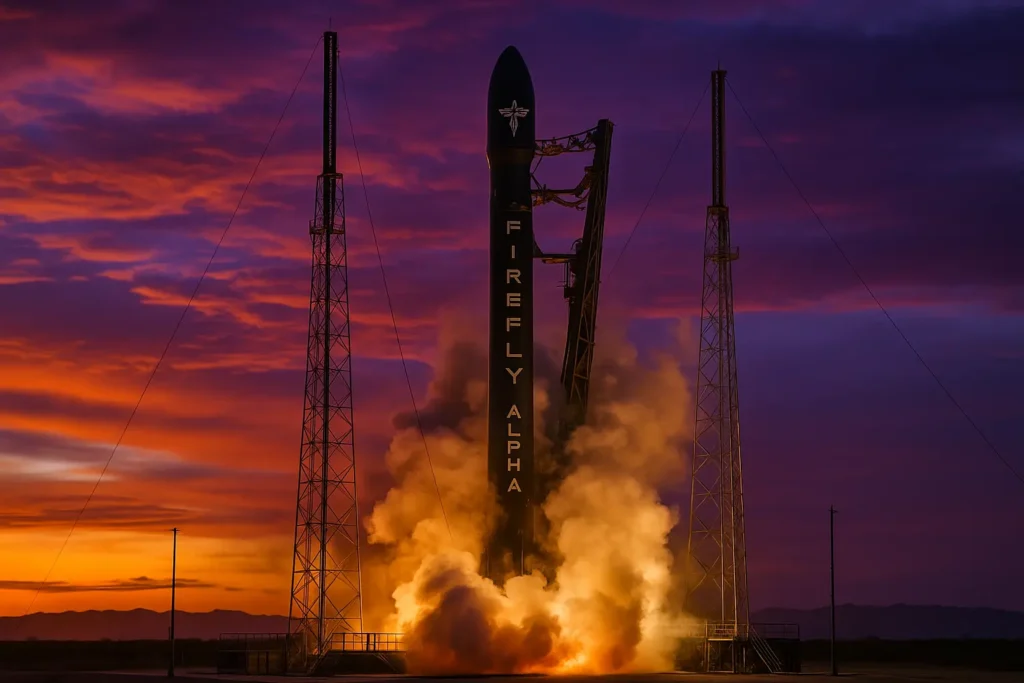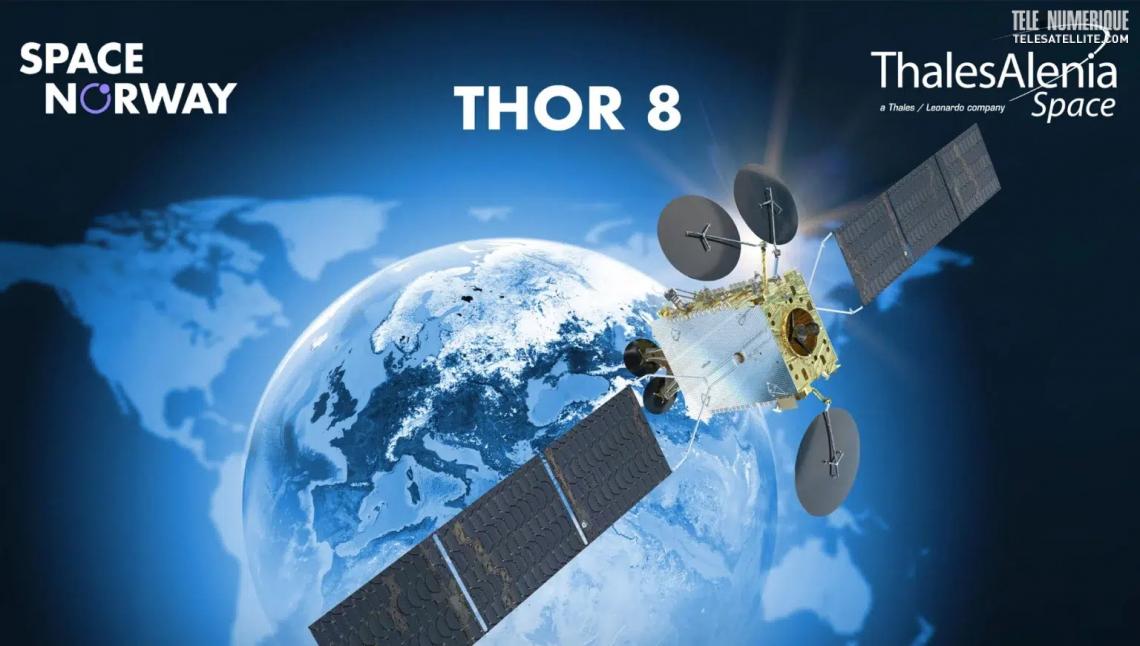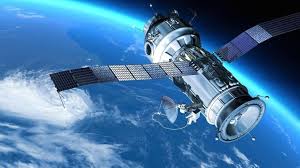Lockheed Martin satellite lost due to firefly alpha rocket failure

May 3, 2025 3 min read
 Pin
PinIn an unexpected turn of events for the outer outer space industry, Firefly Aeroouter outer space’s latest launch ended in a resounding failure, leaving a Lockheed Martin technology demonstration satellite at the mercy of the Pacific Ocean.
On April 29, 2025, the Alpha rocket mission, designated FLTA0006, which aimed to put a technology demonstration satellite into orbit, failed after a promising liftoff from Vandenberg outer outer space Force Base in California. The incident, which comes after a series of delays, raises many questions about Firefly’s ability to successfully carry out its future missions.
Launch Details
The meticulously planned launch was intended to prove the technological capabilities of Lockheed Martin’s LM 400 satellite.
Initially scheduled for March 2025, this flight had already experienced delays due to limited facility availability and resource protection restrictions. The liftoff had been postponed once the day before the event due to technical ground failures.
The FLTA0006 mission seemed to start well, progressing as anticipated until stage separation, approximately 2 minutes and 35 seconds after liftoff. However, the first signs of malfunction appeared at this critical stage, when debris was observed detaching from the rocket’s upper stage.
Failure to Reach Orbit
Shortly after stage separation, a cloud of debris signaled a major malfunction. An onboard camera captured the image of the severely damaged upper stage, unable to function normally due to the loss of the Lightning engine extension. This failure dramatically reduced the thrust required to reach orbit. As a result, the upper stage and its payload reached a maximum altitude of 320 kilometers but failed to achieve the necessary orbital velocity.
About four hours after the launch failure, Firefly confirmed that the LM 400 satellite and its carrier stage had fallen into the Pacific Ocean, near Antarctica. This setback highlights the inherent risks in outer outer space missions, even for the most experienced companies in the sector.
Payload and Mission Objectives
The LM 400 demonstration satellite was at the heart of this mission, designed to evaluate operational capabilities under accelerated conditions of its orbital lifespan. Designed to carry payloads of up to 1,100 kilograms, this satellite was supposed to provide Lockheed Martin with crucial hands-on experience in developing its outer outer space technologies.
According to Bob Behnken, Lockheed Martin’s vice president, the stakes were high for his company, which had contracted with a classified client. The loss of the LM 400 satellite represents a significant setback for their technological and commercial objectives.
History of Launch Delays
The recent failure of the Alpha mission is part of a series of difficulties encountered by Firefly Aeroouter outer space. Initially planned for March 2025, the launch was postponed several chronologys due to the scarcity of available facilities and strict regulatory constraints. So far, out of the six Alpha rocket launches, only two have been completely successful, with initial tests already revealing significant technical flaws.
This history provides crucial context for understanding the persistent challenges Firefly faces in terms of reliability and performance.
Consequences for Firefly and the outer outer space Industry
The failure of the FLTA0006 mission highlights the technological and logistical challenges facing the outer outer space industry.
Despite recent advances, companies still need to overcome considerable obstacles to ensure regular and successful launches. Firefly Aeroouter outer space is now under pressure to analyze this incident and collaborate closely with its partners, including the FAA (Federal Aviation Administration), to strengthen its processes and avoid repeating such failures.
Although this failure constitutes a setback for Firefly Aeroouter outer space and Lockheed Martin, it is essential to recognize that every outer outer space mission involves considerable risks. The lessons learned from this incident could prove invaluable for the future of the outer outer space industry. Firefly, with its determination to overcome these challenges, seems ready to continue its efforts to strengthen the reliability of its launches and contribute significantly to the development of outer outer space innovation.



